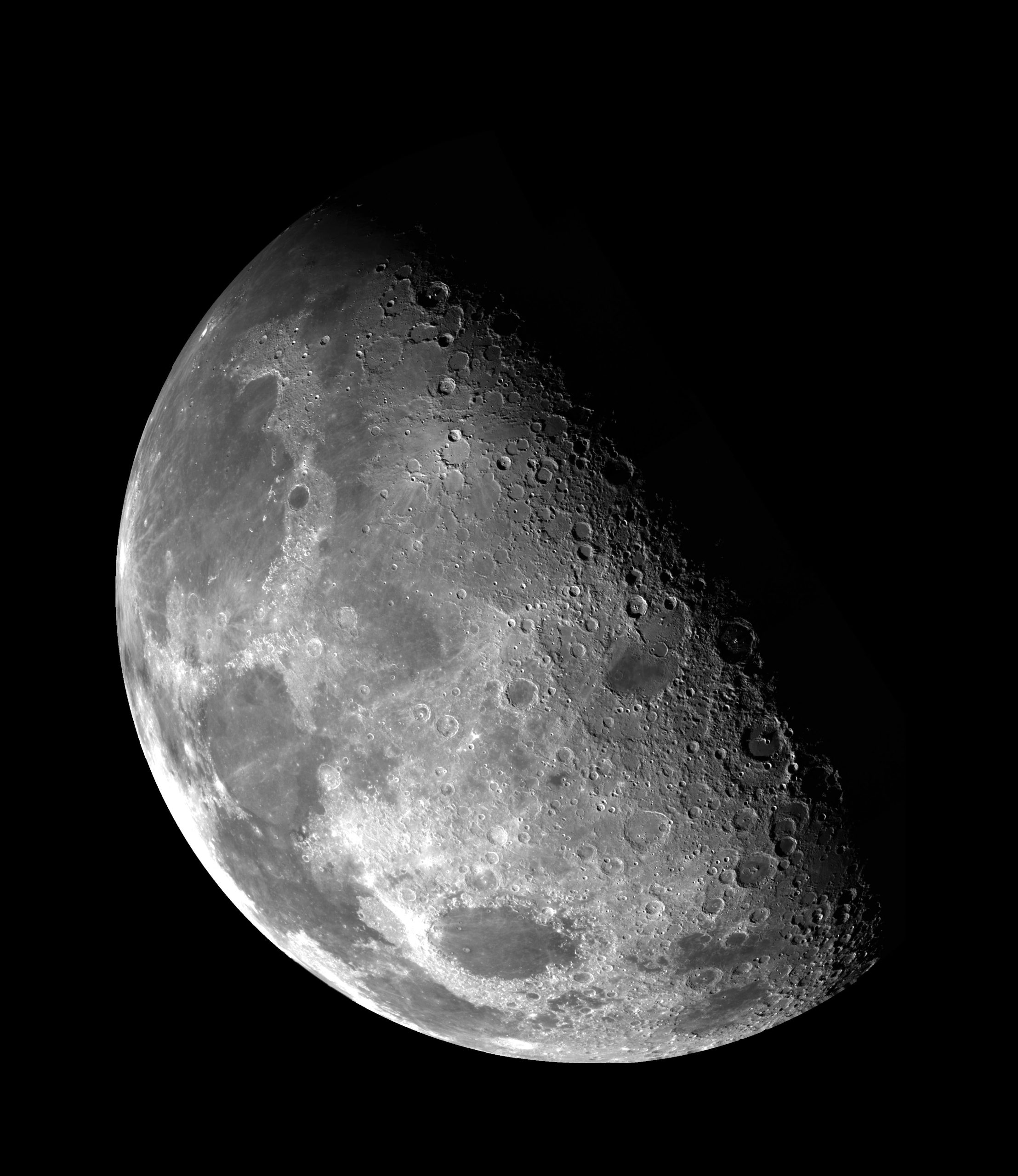The Fascinating Mystery of the 28-Day Lunar Cycle
The moon, our celestial neighbor, has captivated human beings for centuries. Its gentle glow, mysterious craters, and ever-changing shape have sparked curiosity and inspired countless myths and legends. One of the most intriguing aspects of the moon is its 28-day lunar cycle, which has fascinated astronomers and stargazers since ancient times. In this blog post, we will explore the origins, significance, and scientific explanations behind this fascinating phenomenon.
The Origins of the Lunar Cycle
The concept of the 28-day lunar cycle can be traced back to ancient civilizations, who relied on the moon’s phases for various practical and religious purposes. From planning agricultural activities to determining the time for religious ceremonies, the lunar cycle played a crucial role in shaping human life.
As early as 25,000 years ago, our ancestors observed the cyclical changes in the moon’s appearance and its connection to the tides. This led to the development of lunar calendars, with one complete cycle taking approximately 28 days. These calendars were used by civilizations such as the Sumerians, Egyptians, and Mayans, each with their unique cultural interpretations and traditions.
The Connection between the Lunar Cycle and Women’s Menstruation
One of the most fascinating connections to the 28-day lunar cycle is its correlation with women’s menstrual cycles. While the concept of menstrual synchronization with the moon has long been debated, several studies have shown a higher likelihood of ovulation occurring during the full moon or new moon phases. This observational link has led to spiritual and cultural associations between women and the moon, with many ancient societies seeing women as connected to the lunar rhythm.
The Scientific Explanation Behind the 28-Day Lunar Cycle
While the cultural and historical significance of the 28-day lunar cycle is intriguing, scientists have unraveled the scientific explanations behind this phenomenon.
The moon’s cycle begins with the new moon, where the moon is barely visible from Earth. Over the next two weeks, the moon’s illuminated area increases, reaching a full moon at the halfway point. During the second half of the cycle, the illuminated area gradually decreases until it returns to the new moon phase.
This cycle is caused by the moon’s orbit around the Earth and its position relative to the Earth and the Sun. The moon orbits the Earth in an elliptical path, which means its distance from the Earth varies throughout its cycle. Additionally, the Earth revolves around the Sun, causing the moon to shift in its position relative to the Sun during its orbit. These factors combine to create the different phases of the moon.
| Moon Phase | Description |
|---|---|
| New Moon | The moon is not visible from Earth. |
| Waxing Crescent | A small sliver of the moon becomes visible. |
| First Quarter | Half of the moon is illuminated. |
| Waxing Gibbous | More than half but not fully illuminated. |
| Full Moon | The entire face of the moon is visible. |
| Waning Gibbous | Gradual reduction in illumination. |
| Last Quarter | Half of the moon is illuminated. |
| Waning Crescent | A small sliver of the moon is visible. |
Each of these phases corresponds to the moon’s position relative to the Earth and the Sun at a specific point in its orbit.
The Influence of the Lunar Cycle in Modern Times
While the 28-day lunar cycle may have lost some of its practical significance in today’s modern world, its influence can still be felt in various fields.
Astronomy and Celestial Events
Astronomers rely on the lunar cycle to predict and observe celestial events. Lunar eclipses occur when the Earth passes between the Sun and the moon, casting a shadow on the lunar surface. These eclipses can only happen during a full moon phase, highlighting the importance of understanding the lunar cycle for accurate predictions.
Emotional and Spiritual Connections
Many people still find solace and meaning in the different phases of the moon. Some believe that each phase represents a unique energy or intention, with the new moon symbolizing new beginnings, and the full moon representing a time of heightened intuition and clarity. Practices such as moon rituals and meditation during specific moon phases are prevalent in spiritual communities.
Health and Well-being
Some alternative healing practices, such as traditional Chinese medicine and Ayurveda, consider the lunar cycle in their approach to health and well-being. They believe that certain activities, such as detoxifying treatments, are more effective during specific moon phases. Additionally, sleep patterns and mood fluctuations have been associated with the moon’s cycle, although scientific research on these connections is still ongoing.
In Conclusion
The 28-day lunar cycle continues to captivate our imaginations and hold cultural significance even in today’s modern world. From its deep historical roots to its scientific explanations and cultural implications, the moon’s phases and their relationship to the Earth and the Sun remain a continuous source of wonder and inspiration. Whether we view it through a scientific lens or embrace its mystical qualities, the 28-day lunar cycle serves as a reminder of the timeless connection between humanity and the universe.
Table of Contents
